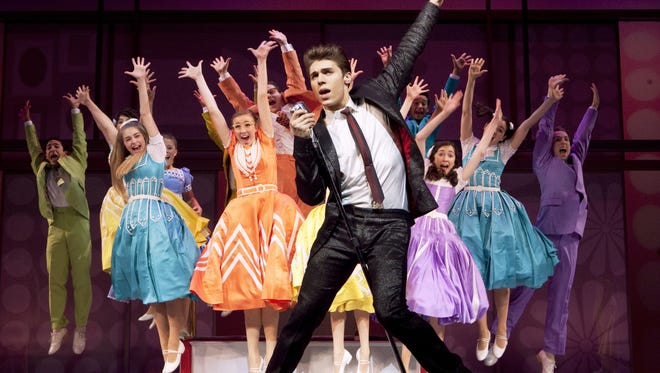
15 Words to Describe Movement on Stage
Hello, future stage stars! Whether you’re dreaming of becoming the next big actor, a keen observer from the audience, or just want to impress your teacher with some new vocabulary, knowing how to describe movement on stage can be super fun. So, let’s learn 15 words that will help you talk about all those twists, turns, jumps, and jives!
Energetic Moves
- Vivacious: Full of life and energy! Think of someone dancing like no one’s watching.
- Frantic: Wild and hurried movements, like someone who’s late for school.
- Sprightly: Lively and full of spirit. Imagine a fairy or sprite hopping around.
- Zesty: Full of energy and enthusiasm. It’s like adding a squeeze of lemon to a dance!
- Vigorous: Strong and powerful movements, like a superhero taking off.
Graceful Gestures
- Elegant: Smooth and refined. Think of a ballerina gliding across the stage.
- Lithe: Flexible and graceful, like a cat stalking its prey.
- Fluid: Movements that flow smoothly, like water in a stream.
- Poised: Balanced and composed, even when moving.
- Languid: Slow, relaxed, and luxurious. Imagine moving through honey.
Quirky Quivers
- Jerky: Quick and sharp movements, like a robot dance.
- Skittish: Jumpy and unpredictable, like a squirrel darting about.
- Fluttery: Light and quick, like a butterfly’s wings.
- Wobbly: Not steady or firm, like trying to balance on one foot for too long.
- Staccato: Sharp, distinct movements, like the notes in a fast-paced song.
Mysterious Maneuvers
- Stealthy: Quiet, cautious, and sneaky movements, like a ninja in the night.
- Meandering: Wandering slowly and aimlessly, like taking a leisurely stroll without a destination.
- Ephemeral: Quick and fleeting movements, like a shadow passing by.
- Prowling: Moving quietly and carefully, often with some intent, like a lion hunting its prey.
- Lurking: Staying hidden, often in the shadows, and moving subtly or secretly.
So, the next time you’re watching a play, try to spot these different types of movements. Or, if you’re up for a challenge, see if you can incorporate them into your own performance critiques. Movement brings stories to life on stage, and with these words, you’ll be ready to describe every leap, twirl, and shuffle! Break a leg out there!






